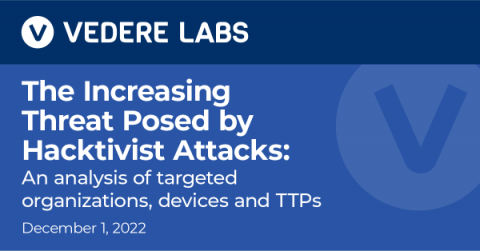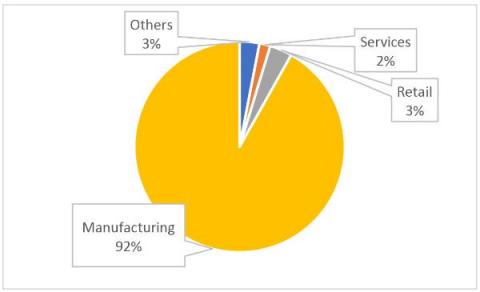The Increasing Threat Posed by Hacktivist Attacks: An Analysis of Targeted Organizations, Devices and TTPs
This year has seen an enormous increase in the number and claimed impact of hacktivist attacks on critical infrastructure and enterprises operating in critical services. Many attacks target unmanaged devices such as Internet of Things (IoT) and operational technology (OT) equipment. Attacks are motivated by geopolitical or social developments across the globe, with the goal of spreading a message or causing physical disruption.









